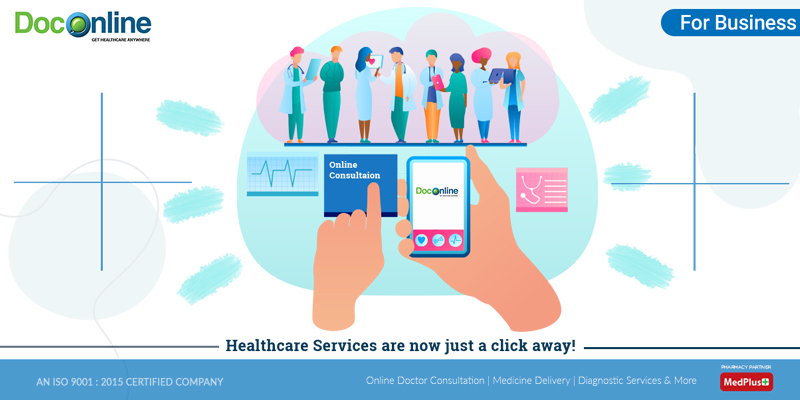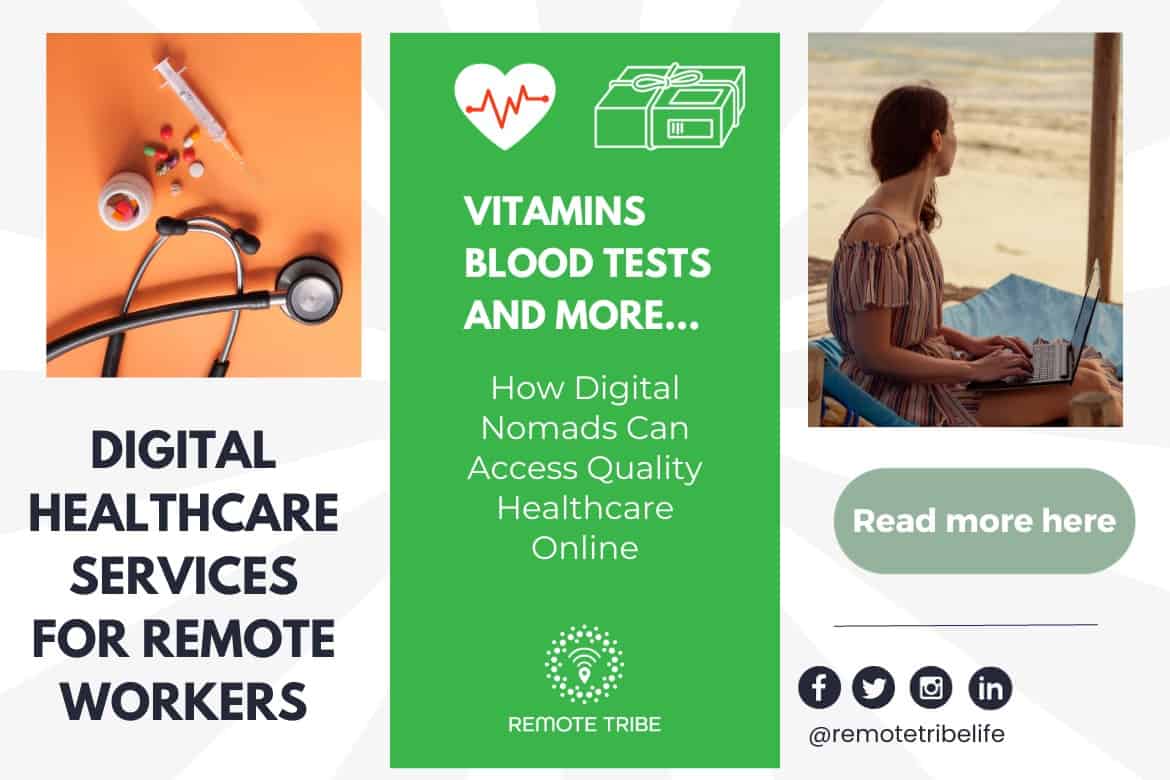The Future of Medicine: Discovering Subscription Based Healthcare Designs
The Increase of Subscription-Based Medical Care and Its Impact on Patient Care
As medical care progresses, the subscription-based design is gaining traction, assuring to reinvent client treatment by offering predictability and accessibility. The possibility for these designs to improve medical care shipment elevates pressing questions concerning their long-term sustainability and inclusivity. Are these registration services the future of medical care, or do they run the risk of leaving vulnerable populaces behind?
Understanding Membership Healthcare Versions
Understanding the principle of membership medical care designs entails analyzing a transformative strategy to medical solutions that emphasizes cost and accessibility. These designs, typically described as straight health care (DPC) or attendant medicine, have actually become ingenious choices to conventional fee-for-service medical care systems. Subscription health care permits patients to pay a fixed month-to-month or yearly fee for a defined set of clinical services, which may include endless workplace check outs, regular check-ups, and basic lab examinations, without the demand for traditional insurance coverage payment.
The framework of subscription healthcare designs is created to simplify patient care by eliminating third-party payers and complicated invoicing codes, consequently lowering management worries. Doctor can concentrate a lot more on person treatment, promoting stronger patient-provider partnerships. This model also promotes preventative care by urging normal visits, as the financial barrier of per-visit costs is gotten rid of.
The registration version usually encourages medical care carriers to take care of smaller person panels, enabling more tailored treatment. It lines up financial motivations with individual health and wellness outcomes, as service providers are motivated to keep individual fulfillment and wellness. Overall, recognizing registration health care models calls for acknowledging their potential to improve exactly how care is supplied and accessed.
Benefits for Companies and patients

For service providers, subscription-based designs use the possibility to grow patient-provider relationships. With a steady revenue stream, healthcare experts can commit even more time to every individual, causing an extra personalized and extensive treatment experience. This design likewise minimizes reliance on high client volumes, alleviating burnout and boosting work contentment. The emphasis on preventative treatment within membership plans can lead to far better individual outcomes and lowered long-term medical care prices. By focusing on continuous treatment, companies can address concerns before they escalate, inevitably profiting the healthcare system in its entirety by lowering the concern on emergency and severe care solutions.
Challenges and Problems
While subscription-based healthcare designs existing countless benefits, they likewise feature a set of difficulties and worries that must be attended to. Initially, accessibility stays a significant issue, as these designs often target individuals who can pay for month-to-month fees, potentially omitting low-income populaces. This raises ethical questions about equitable access to healthcare services. Additionally, the varied nature of subscription plans can cause complication amongst patients regarding coverage specifics, possibly causing unmet assumptions or inadequate care.
Financial sustainability of subscription-based designs is another problem. Companies should balance the set earnings from subscriptions with the variable prices of medical care services, which may rise and fall visit their website because of unanticipated medical demands. This can produce pressure to restrict services or rise charges, potentially influencing individual fulfillment and care quality.
Furthermore, governing oversight of subscription-based health care models is still advancing. The absence of standardized structures can bring about irregular solution top quality and responsibility, complicating initiatives to ensure patient protection. Last but not least, the assimilation of innovation-- frequently a foundation of these models-- elevates questions concerning data personal privacy and safety and security, as delicate patient info could be susceptible to violations. Dealing with these difficulties is crucial for the fair and effective execution of subscription-based healthcare.
Influence On Patient-Doctor Relationships
One considerable effect of subscription-based medical care versions on patient-doctor partnerships is the possibility for boosted connection and customized treatment. By taking on a subscription model, physicians can manage a smaller patient panel, enabling for more dedicated time with each individual. This increased availability promotes a deeper understanding of a patient's case history, way of living, and choices, making it possible for extra customized therapy plans and interventions.

However, it is very important to acknowledge that while subscription-based versions may benefit those who can manage them, they could unintentionally broaden medical care variations. People that are incapable to join these versions might experience reduced access to personalized treatment, potentially influencing their connections with healthcare companies. Therefore, while the subscription design offers encouraging advantages for patient-doctor partnerships, it also presents challenges that require to be resolved to make certain i loved this fair healthcare gain access to.
Future of Health Care Accessibility

The role of modern technology can not be ignored in this change. Telemedicine systems and digital health and go to my site wellness records promote seamless interaction between clients and healthcare suppliers, damaging down logistical and geographical barriers. Furthermore, improvements in synthetic knowledge and information analytics can additionally personalize treatment by forecasting person demands and optimizing therapy plans.
Nonetheless, the future of medical care accessibility also provides challenges, such as ensuring equity throughout various socio-economic groups. Policymakers and medical care providers have to collaborate to bridge the electronic divide, making certain that subscription-based models continue to be inexpensive and inclusive. As these systems mature, they hold the promise of making medical care much more easily accessible, efficient, and patient-centric.
Conclusion
Subscription-based medical care models are reshaping client care by offering a steady expense framework and improving access. The surge of subscription-based medical care urges proactive patient engagement, which has the potential to improve client outcomes and complete satisfaction, indicating a transformative shift in healthcare delivery.
As health care develops, the subscription-based version is getting traction, assuring to reinvent client care by providing predictability and availability.Subscription-based medical care designs provide distinct benefits for both clients and carriers, enhancing the general medical care experience.As medical care systems progress, the future of medical care accessibility often hinges on the assimilation of innovative models and modern technologies.Subscription-based medical care versions are reshaping individual care by supplying a stable cost framework and improving accessibility. The increase of subscription-based health care motivates positive patient interaction, which has the possible to boost patient results and complete satisfaction, signifying a transformative change in healthcare delivery.